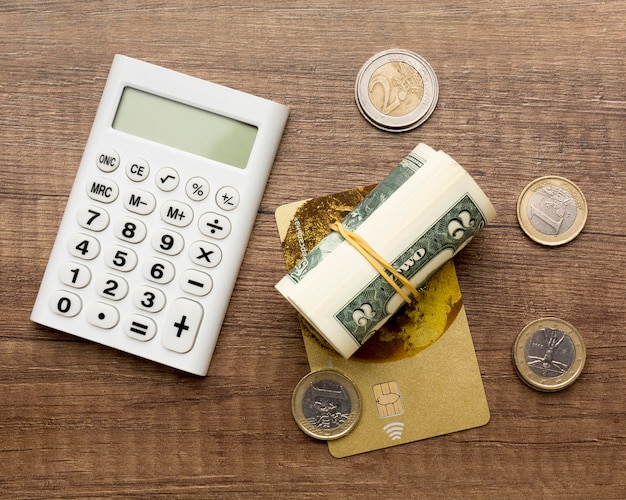EXPLORING THE ADVANTAGES OF INVESTING IN A PRECIOUS METALS IRA

If you’re thinking about putting your money into precious metals, you’re probably curious about the options available to you. There are several types of accounts that can offer high returns with relatively low risk. Here are some benefits of hard assets and why they might be a better choice than traditional investments.
Hard assets provide excellent diversification because they are non-perishable and serve as a hedge against inflation. They have a strong relationship with inflation, which makes them attractive during times of rising prices. However, if you’re concerned about the risks of volatile investments, then precious metals might not be the right choice.
Physical precious metals give you direct ownership, unlike exchange-traded funds (ETFs), which only offer a stake in the underlying metal. If the issuer of an ETF fails, you could be left with unsecured liabilities. Despite this, ETFs offer good diversification potential and can be a safer option if you want to maximize returns while minimizing risk.
Investing in physical precious metals comes with risks like high-pressure sales tactics and fraud. Trustworthy investment professionals won’t rush you into decisions or pressure you with “act now” pitches. This is especially true with unsolicited calls that might use tactics like talking about “phantom wealth.”
A practical way to invest in precious metals is through an ETF, which tracks an index or commodity like gold or platinum. This allows you access to the physical asset without directly facing risks. An ETF protects your money against market swings and acts as a basket of funds tracking an investment, so you don’t have to use your own money.
Precious metals offer diversification benefits since they don’t align with other asset classes, helping balance your portfolio and decrease overall risk. Even if the stock market crashes, you could still see value in these investments. There’s also no need to worry about defaults by a government or company with precious metals, as they are private and not subject to government regulation.
You can trade physical metals easily using apps that allow you to learn more from your home. Precious metals like silver and gold serve various purposes: silver is often used to cover small financial needs, while gold is common for larger purchases. It’s wise for every investor to hold some silver for trading.
A popular way to diversify portfolios is by opening a precious metals account. Many IRAs let you hold physical assets like gold and silver in custodian depositories, which are secure and insured, though they charge a monthly storage fee. While your metals may grow tax-free in these accounts, taxes and penalties apply on withdrawal.
Mutual and exchange-traded funds offer exposure to precious metals prices, allowing you to diversify without risking too much of your savings. Personal retirement accounts are a safe way to invest in precious alloys without falling victim to fraud or high-pressure sales approaches. Yet, keep in mind that direct investments in precious metals are not protected by the Securities Investor Protection Corporation and may involve borrowing costs.
Choosing a reputable financial custodian is crucial. You can identify trustworthy custodians by reading online reviews or checking with the Better Business Bureau for any filed complaints.
Share this content:


